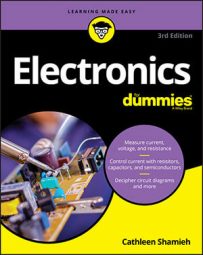To complete many experiments and projects, you'll need a few tools that may cost you $100 to $250 total, depending on where you shop. Besides the essential listed here, you'll need to have a calculator handy.
A multimeter and spring-loaded test clips.
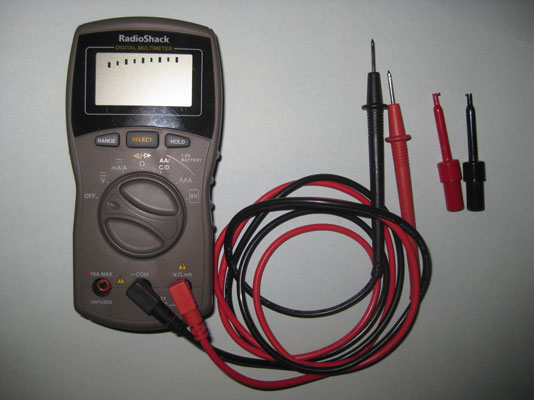
The multimeter enables you to measure voltage, resistance, and current, and is essential for understanding what’s going on (or not) in the circuits you build. Buy RadioShack #22-813 ($40), shown, or similar. Purchase a set of spring-loaded test clips, too, such as RadioShack #270-334 ($3.49).
This solderless breadboard has 830 contact holes.
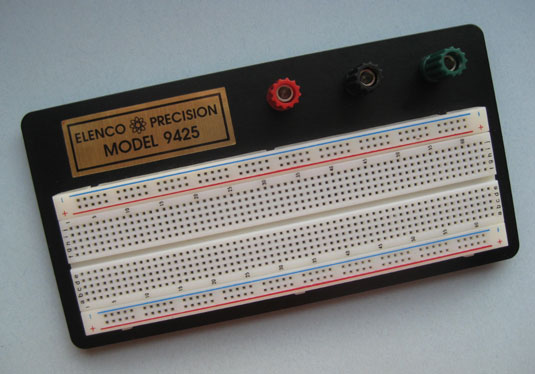
You use a breadboard to build, explore, update, tear down, and rebuild circuits. Purchase a larger model, such as the Elenco #9425 830-contact breadboard (roughly $14 at various online suppliers), which is shown here.
The Weller WES51 soldering station includes a temperature-adjustable soldering iron and a stand.
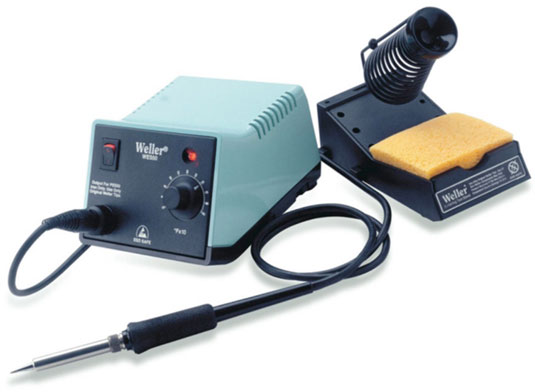
This soldering iron enables you to create a conductive joint between parts such as wires, component leads, and circuit boards. You will need it to attach leads to a few potentiometers (variable resistors). Models range from a low-end Weller SP25NKUS ($20 at Home Depot) to the mid-range Weller WLC-100 ($44 at Home Depot) to the top-notch Weller WES51 ($129 at Mouser.com). You need 60/40 rosin-core solder in either 0.031-inch or 0.062-inch diameters, such as top-of-the-line Kester 44 ($30 for a 1-lb. spool).
Hand tools: a gauged wire stripper/cutter and needle-nose pliers.
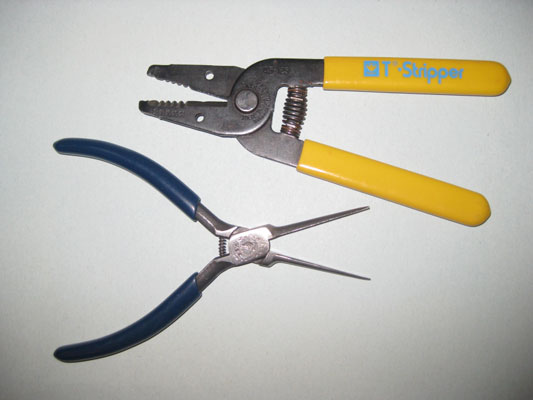
Must-have hand tools include needle-nose pliers for bending leads and wire and a multipurpose wire stripper/cutter. The pliers also come in handy for inserting and removing components from your solderless breadboard. Expect to spend at least $10 each on these items at your local hardware store or online electronics supplier.
An antistatic wrist strap can prevent you from zapping sensitive components.
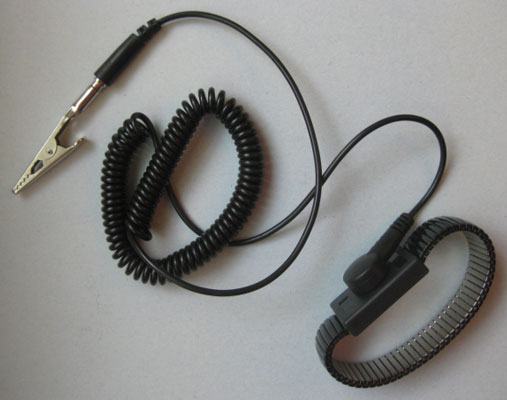
You need to use a strap like the one shown to prevent the charges that build up on your body from zapping — and potentially damaging — static-sensitive integrated circuits (ICs) during handling. Purchase a Zitrades #S-W-S-1 ($10) or similar.

